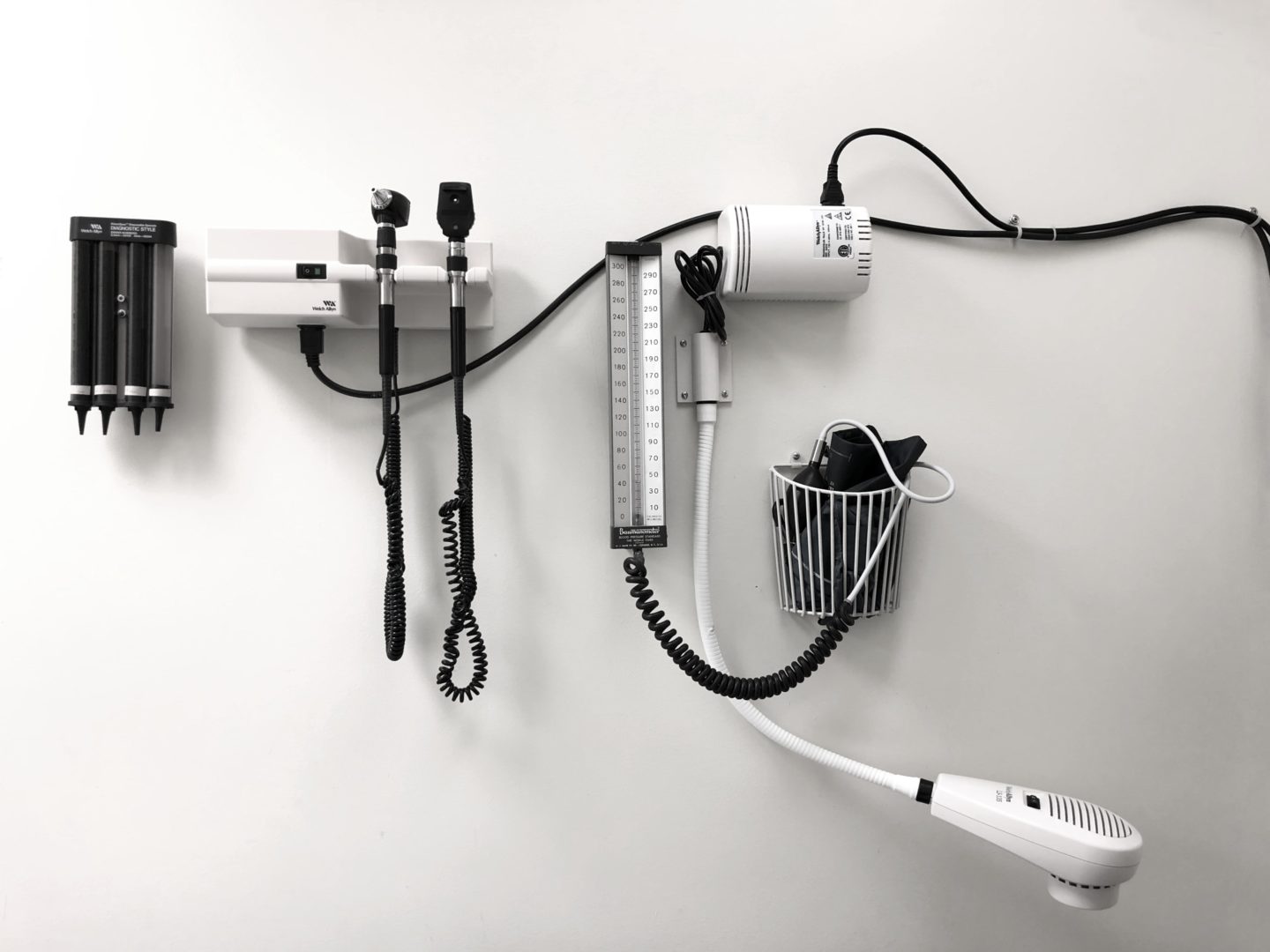Nurse call systems could pose a threat to hospitals
Armis, the leading asset visibility and security company, today released new research identifying the top connected medical and IoT devices that are exposed to malicious activity in clinical environments. Data analyzed from the Armis Asset Intelligence and Security Platform, which tracks over three billion assets, found nurse call systems to be the riskiest* IoMT device, followed by infusion pumps and medication dispensing systems. When looking at IoT devices, IP cameras, printers and Voice Over Internet Protocol (VoIP) devices are topping the list.
By 2026 smart hospitals are expected to deploy over 7 million IoMT devices, doubling the amount from 2021. Medical and non-medical devices are increasingly connected, automatically feeding patient data from monitoring devices into electronic records. These connections and communications within a medical environment help improve patient care but also make it increasingly vulnerable to cyberattacks, which could result in the interruption of patient care.
More from Tech
- How Does Antivirus Software Impact System Performance?
- How Does Air Traffic Control Technology Work?
- What Role Does Broadband Play In Bridging The Digital Divide?
- How Can Telemedicine Startups Support Healthcare Delivery In Disaster-Affected Areas?
- Digital Capability Exchange UK Launches To Offer Open Access To Tech Talent
- What Is Facial Recognition Technology and How Does It Work?
- What Is Age Verification Tech, And What Does It Look Like In 2025?
- Top 10 VoIP Features Every Business Should Know About
Upon a comprehensive analysis of the data from all connected medical and IoT devices on the Armis Asset Intelligence and Security Platform, several noteworthy conclusions can be drawn:
- Nurse call systems are the riskiest connected medical device, with 39% of them having critical severity unpatched Common Vulnerabilities and Exposures (CVEs) and almost half (48%) having unpatched CVEs.
- Infusion pumps are second, with 27% having critical severity unpatched CVEs and 30% having unpatched CVEs.
- Medication dispensing systems are in third place, with 4% having critical severity unpatched CVEs, but 86% having unpatched CVEs. Moreover, 32% run on unsupported Windows versions.
- Almost 1 in 5 (19%) connected medical devices are running unsupported OS versions.
- More than half of IP cameras we monitored in clinical environments have critical severity unpatched CVEs (56%) and unpatched CVEs (59%), making it the riskiest IoT device.
- Printers are the second riskiest IoT device in clinical environments, with 37% having unpatched CVEs, and 30% having critical severity unpatched CVEs.
- VoIP devices are in third place. Although 53% of them have unpatched CVEs, only 2% have critical severity unpatched CVEs.
“These numbers are a strong indicator of the challenges faced by healthcare organizations globally. Advances in technology are essential to improve the speed and quality of care delivery as the industry is challenged with a shortage of care providers, but with increasingly connected care comes a bigger attack surface,” said Mohammad Waqas, Principal Solutions Architect for Healthcare at Armis.
“Protecting every type of connected device, medical, IoT, even the building management systems, with full visibility and continuous contextualized monitoring is a key element to ensuring patient safety.”

